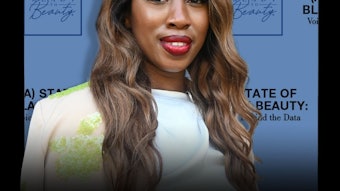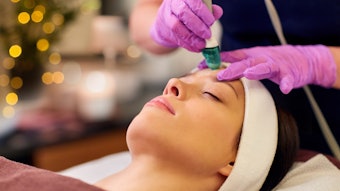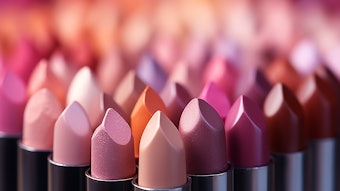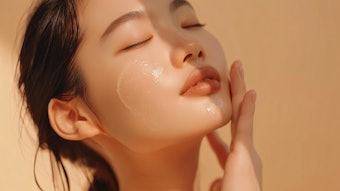Wellness has become a synonym of beauty. As previously reported by Diagonal Reports, consumers believe that skin appearance can be dramatically improved by things such as reducing stress or increasing energy. The cosmetic is no longer the reference point.
Beauty consumers have enthusiastically embraced wellness, and wellness is the prism through which people now understand beauty. This can be seen in the appropriation of wellness terms by beauty marketers—words such as 'energy' and 'de-stressing' resonate with consumers.
So frequently is the word 'beauty' omitted from these discussions, that it is has become conspicuous by its absence. Beauty (especially skin care) can now be discussed, delivered and bought without the actual word beauty itself ever being mentioned. There is no contradiction or confusion in the minds of consumers who believe that wellness delivers beautiful (e.g., clearer, younger looking) skin just as or more effectively than cosmetic products.
Wellness as beauty is a bottom up development that is, and has been, 100% driven by changes in consumer behavior and regimes. Up till relatively recently, it was the regime of certain consumer segments the most developed markets that defined beauty. But now beauty experts in Europe, the U.S. and beyond report that consumers take a very holistic approach to beauty. Beauty regimes can now be defined by wellness rather than the relatively narrow cosmetic.
Wellness as beauty was pioneered by innovative beauty spas/ salons in cities like London, New York and Los Angeles, which were in tune with changing consumer needs. The online and social media democratized this trend, popularizing the wellness discourse with beauty consumers around the globe. Diagonal research shows that consumers in less developed markets are as likely to look to wellness as cosmetic for their beauty needs. These millions of new consumers, who are critical to the future of the beauty industry, come with different skin and hair care traditions and rituals. A striking example is China, one of the largest skin care markets, where acupuncture—which epitomizes wellness there—is widely used for beauty.
We can see that consumers are voting with their feet, and it is up to brand owners to adapt their products to meet the demands of beauty as wellness. Diagonal research shows that it has been 'new' entrants, which redefined beauty as wellness, that have benefited. The legacy companies, which were so heavily invested in the cosmetic concept that they owned, have been much slower to appreciate the implications of and react to changes in consumer behavior.










